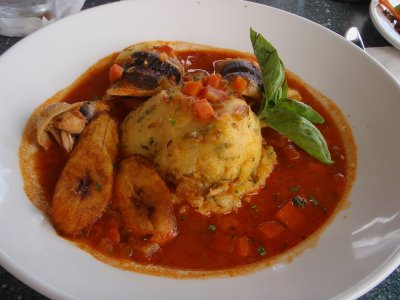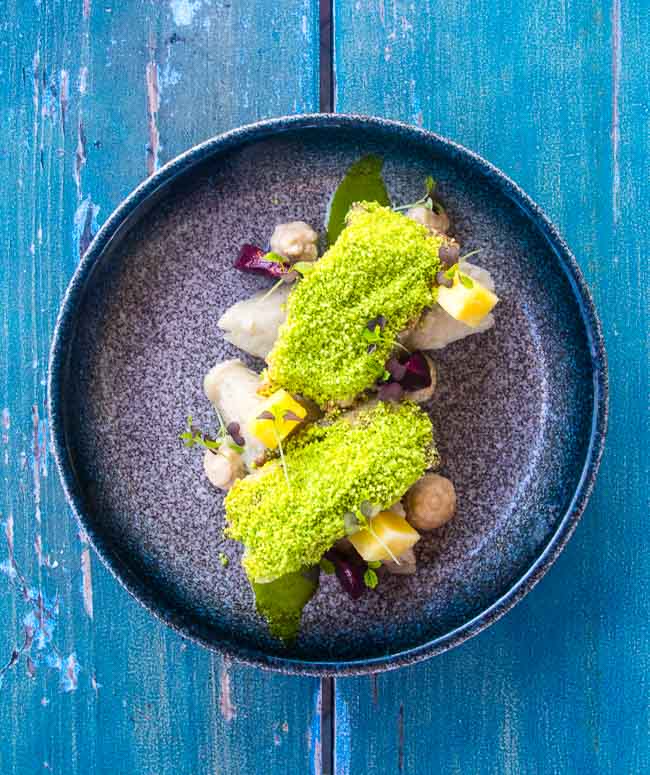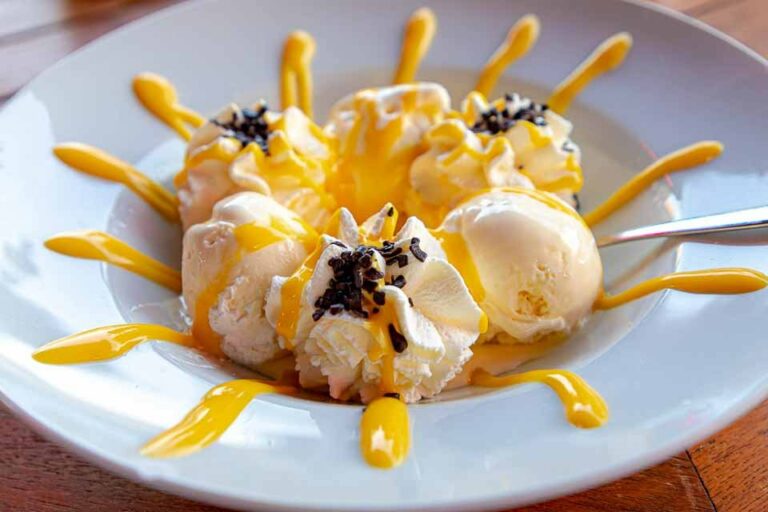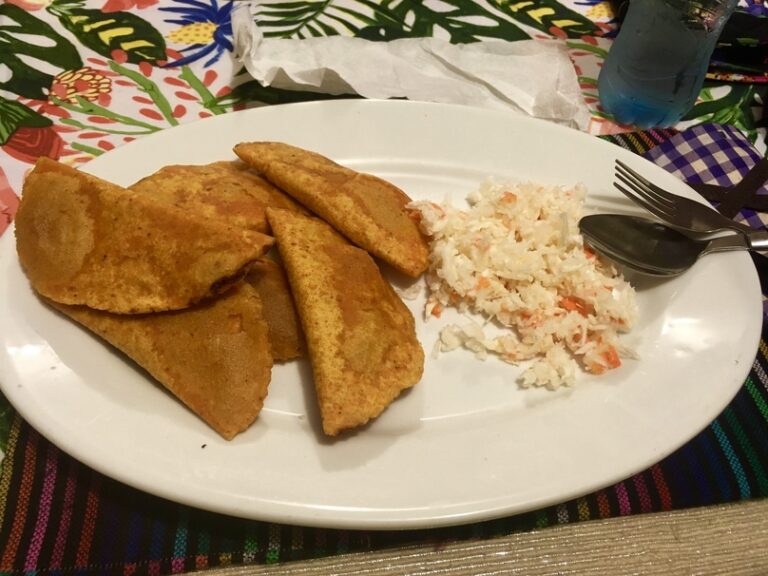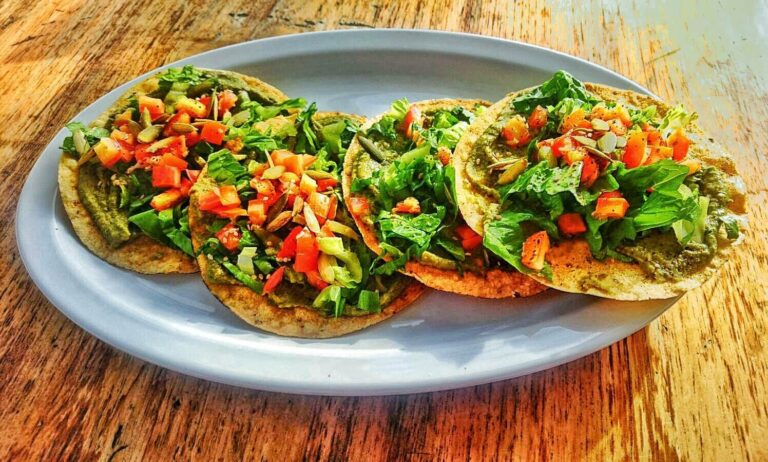Introduction: Bangladeshi Salads
Bangladesh has a rich cuisine that is influenced by its geography and cultural heritage. Salads are an essential part of Bangladeshi cuisine, and they are served as a side dish or a light meal. Bangladeshi salads are known for their vibrant colors, bold flavors, and nutritious ingredients. They are made with a variety of leafy green vegetables, raw vegetables, fruits, spices, and herbs.
Leafy Green Vegetables
Leafy green vegetables are the foundation of Bangladeshi salads. Spinach, lettuce, kale, and mustard greens are commonly used in salads. They are rich in vitamins, minerals, and antioxidants that help to boost the immune system. In Bangladesh, spinach is known as “palong shak,” and it is a popular ingredient in salads. Spinach is rich in iron, calcium, and vitamin A, which makes it a healthy choice for salads.
Raw Vegetables
Raw vegetables add texture and flavor to Bangladeshi salads. Cucumbers, tomatoes, carrots, bell peppers, and onions are commonly used in salads. They are rich in fiber, vitamins, and minerals that help to maintain good health. In Bangladesh, cucumbers are known as “shasha,” and they are a popular ingredient in salads. Cucumbers are rich in water, which helps to keep the body hydrated.
Fruits
Fruits add sweetness and freshness to Bangladeshi salads. Mangoes, papayas, pineapples, and pomegranates are commonly used in salads. They are rich in vitamins, minerals, and antioxidants that help to boost the immune system. In Bangladesh, mangoes are known as “aam,” and they are a popular ingredient in salads. Mangoes are rich in vitamin C, which helps to improve the immune system.
Spices and Herbs
Spices and herbs add flavor and aroma to Bangladeshi salads. Cilantro, mint, cumin, and coriander are commonly used in salads. They are rich in antioxidants and anti-inflammatory compounds that help to improve overall health. In Bangladesh, cilantro is known as “dhonia,” and it is a popular herb in salads. Cilantro is rich in vitamin K, which helps to improve bone health.
Yogurt and Milk Products
Yogurt and milk products add creaminess and tanginess to Bangladeshi salads. Yogurt, sour cream, and buttermilk are commonly used in salads. They are rich in probiotics that help to improve gut health. In Bangladesh, yogurt is known as “doi,” and it is a popular ingredient in salads. Yogurt is rich in calcium and protein, which helps to build strong bones and muscles.
Mustard Oil
Mustard oil is a common ingredient in Bangladeshi salads. It adds a pungent flavor and aroma to salads. Mustard oil is rich in monounsaturated and polyunsaturated fats that help to reduce the risk of heart disease. In Bangladesh, mustard oil is known as “sorisha tel,” and it is a popular oil for cooking and salad dressing.
Lemon Juice and Vinegar
Lemon juice and vinegar add acidity and tanginess to Bangladeshi salads. They help to balance the flavors of the ingredients in the salad. Lemon juice and vinegar are rich in antioxidants that help to improve overall health. In Bangladesh, lemon juice is known as “nimbu ras,” and it is a popular ingredient in salads. Lemon juice is rich in vitamin C, which helps to improve the immune system.
Conclusion: Making a Bangladeshi Salad
Bangladeshi salads are a delicious and nutritious addition to any meal. They are easy to make and can be customized to suit your taste preferences. To make a Bangladeshi salad, start with a base of leafy green vegetables, add some raw vegetables and fruits, and mix in some spices and herbs. Dress the salad with yogurt, mustard oil, lemon juice, or vinegar. Enjoy your healthy and flavorful Bangladeshi salad!



